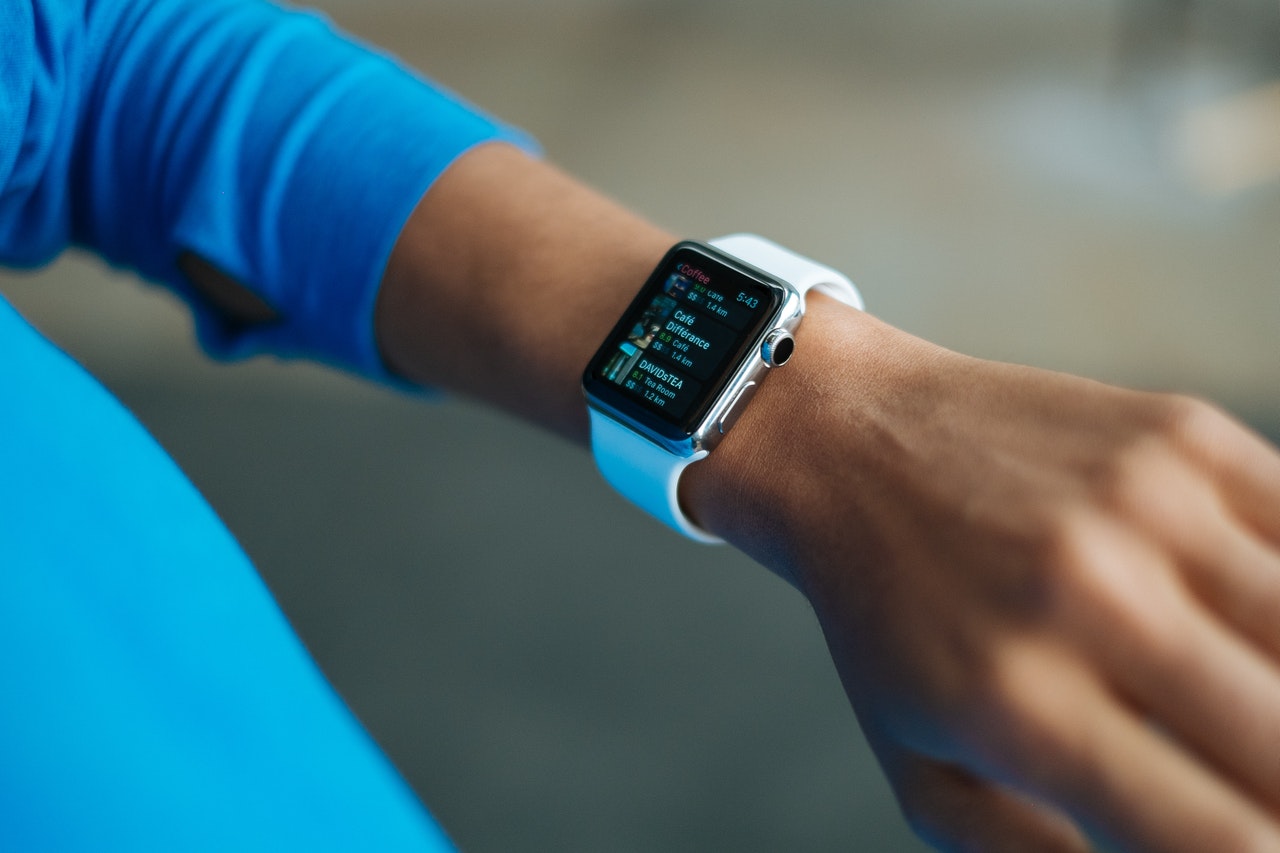A big word coming out of the health sector in the wake of the pandemic is ‘equity’. Rather, not equality – the availability of everyone to have the same opportunities, but equity. In this sense, health leaders want to ensure that money and location are not barriers to accessing even the most basic of healthcare. Nothing else has highlighted the disparities in healthcare availability and provision than the coronavirus pandemic, as one sits healthy and vaccinated in a warm office. A lot of health sector growth in the next 25 years will surely be placed more into giving similar outcomes to individuals around the world, regardless of their socio-economic status, religion or race.
Perhaps for the first time, the west has seen the effects first hand of turning a blind eye to those in their community who are disadvantaged, or those in poorer countries. Low vaccination rates in the underprivileged have hampered efforts to shorten the duration of the pandemic, with the WHO setting aside over $20 billion dollars to tackle health disparities in less economically developed countries (LEDC’s). This will no doubt be a pivotal action to revolutionise health care systems in LEDC’s, provide further transports and healthcare jobs, and give many disadvantaged people nigh on guaranteed health outcomes.
The demand for care as such has increased – not just on the international scene, but closer to home on the UK shores. Data from TotalJobs.com shows that in the last quarter of 2021 45% of health firms increased their recruiting needs. Much of this is to do with the surge in care that is required, as well as backlogs of elective surgery and other treatments postponed by the pandemic. Indeed, it was noted in national news recently that a record number of undergraduates are choosing to pursue a degree in Nursing and other care professions as a result of magnified health needs around the world. In the short term, this may not give a bolus of new applicants in the next 3 years, certainly. However, this bides well for the midpoint of the twenties and into the early 2030’s when these graduates fledge into the buzzing health industry.

As acknowledged in a previous Sterling Cross article, there is a shortage of certain professions within the health service such as healthcare assistants and thus there is a current recruitment drive for those professions. There is currently a lean on bank nurses and agencies to fill the cover at hospitals and health centres – and not acute, covid cover. Chronic and long lasting shortages in certain health jobs, normally public facing, have gone on for years in the National Health Service (NHS) and have been worsened by the pandemic. Low morale, Brexit and other factors have left a hole in the provisions for jobs such as nursing, palliative care practitioners, health assistants and other personal health staff. The NHS confederation recently reported that entering into March 2020, there was a deficit of 100,000 health workers – something critics say has never been amply addressed in a long term, well-funded plan. Each discipline with shortages has it’s own nuanced reasons for the deficits – anything from the level of skill and experience required, to a lack of nurses from the EU who have had to return to the continent in the wake of Brexit.
Another factor going into the future is the increasing combination of artificial intelligence into healthcare, improving patient care, diagnostics and burden of administration, something reported as a big burden and cause of error in the NHS and private health. For example, artificial intelligence (AI) has been utilised to identify tumours and other tiny lesions in brain tissue by reviewing each pixel of a CT scan series – using machine learning by ‘teaching’ the AI what pathological tissue looks like. Once in it’s rudimentary stage, this technology now has the capacity to diagnose lesions at almost the same accuracy as a seasoned radiographer, posing exciting insights into the future of healthcare and allowing clinicians to focus on surgery and treatment.
However, a big concern of individuals in the sector is the loss of jobs to automation. For example, if AI or machine learning advances to the ability to diagnose, work and sort information and scans to a capacity higher than human capabilities, will this remove the need for certain health jobs? Besides this, there is the burden of intensive health provision i.e. Nursing which requires a hands-on approach and will never truly ‘go away’. But many will have accessed care through their GP during the pandemic and seen how e-consultations and other digital medical services can transform a system into focusing care intensively on those who need it most and allowing algorithms to dictate which patients require first hand care by a GP.
